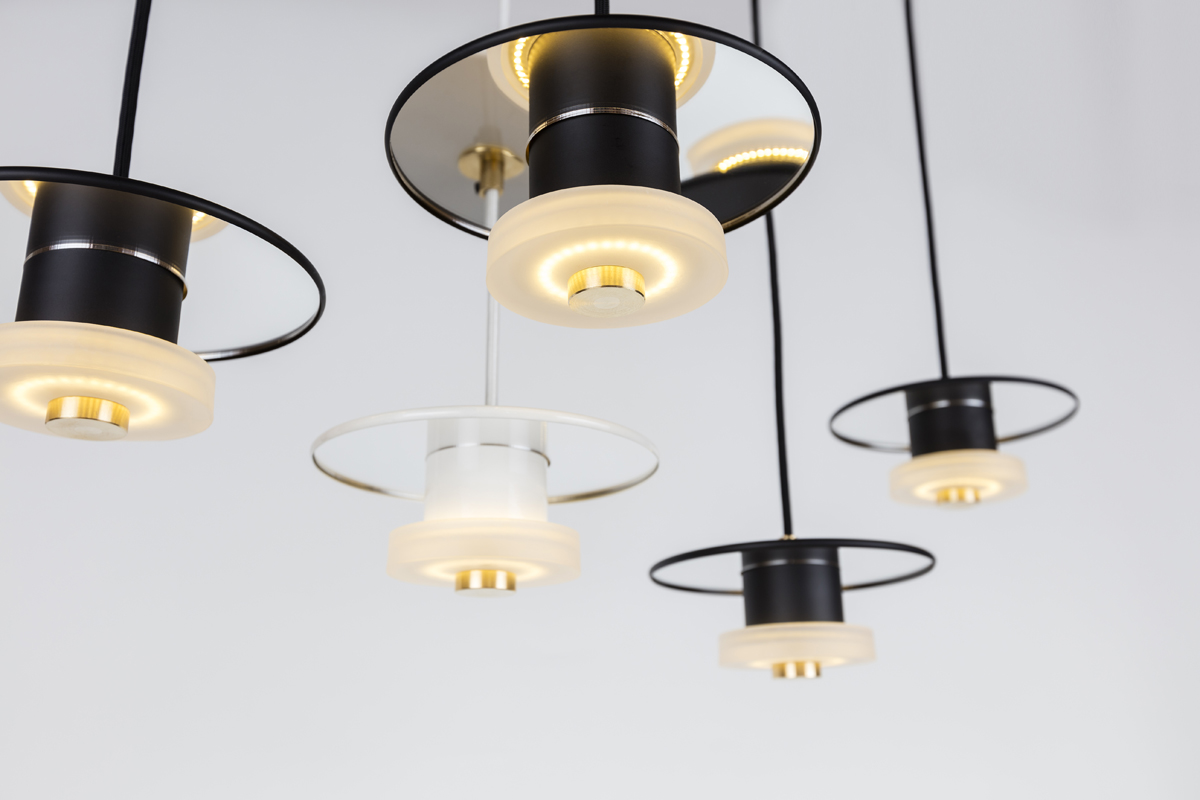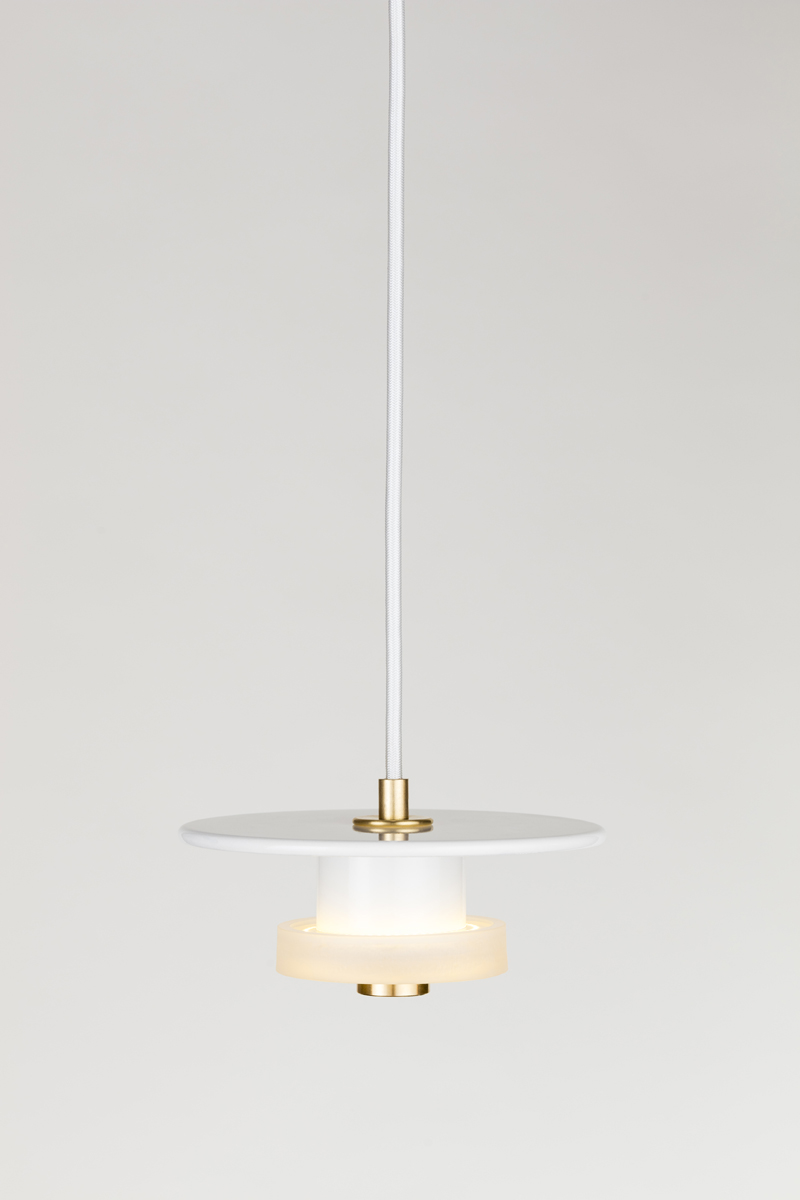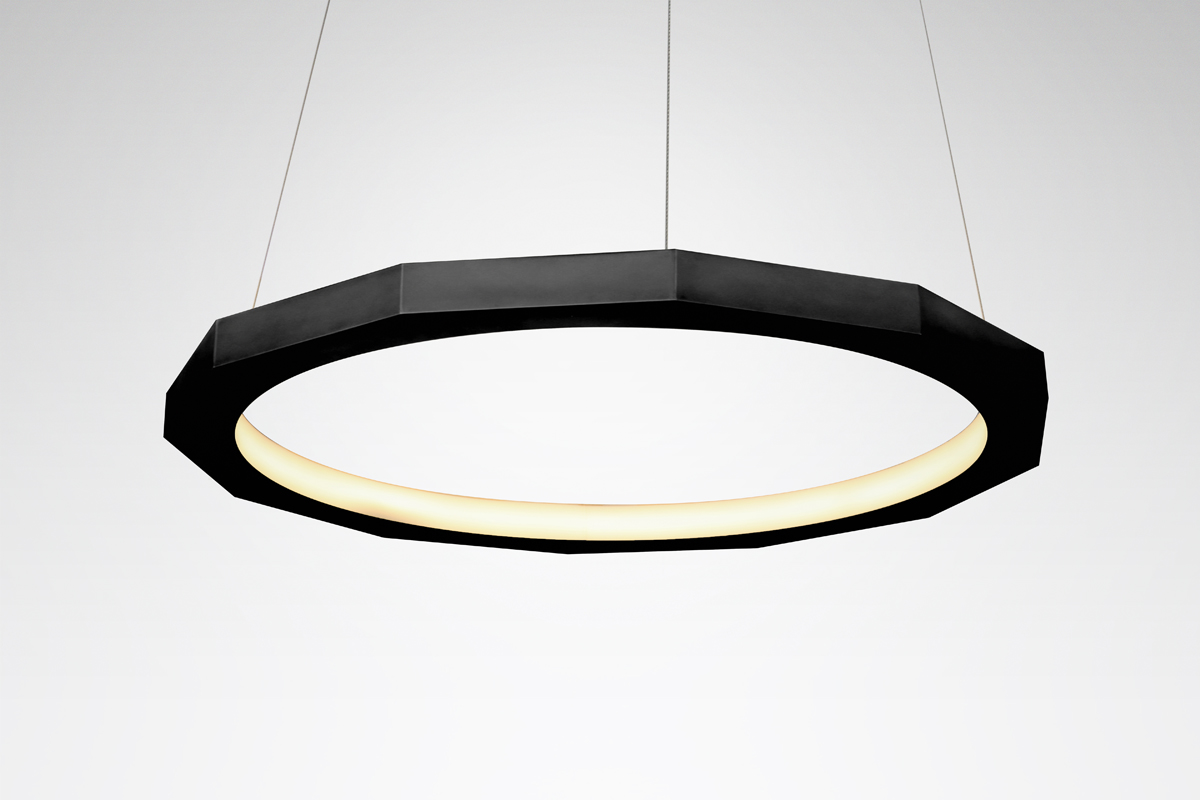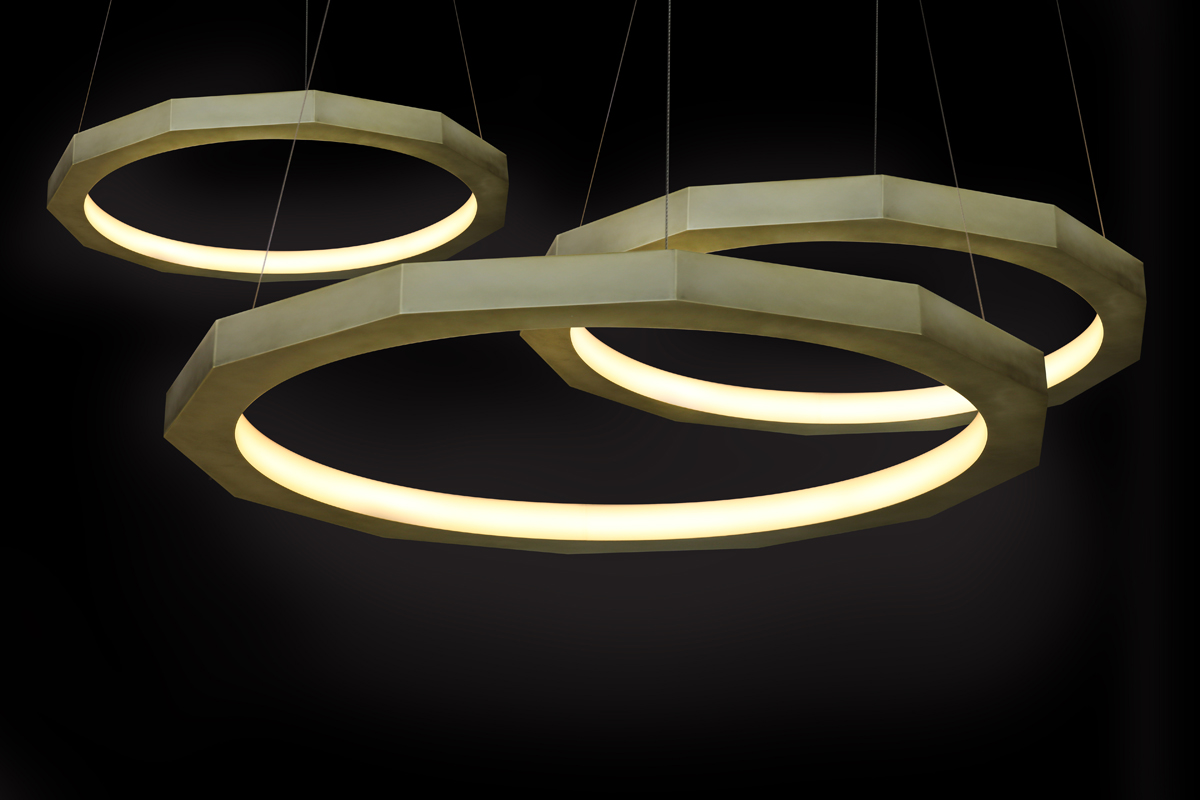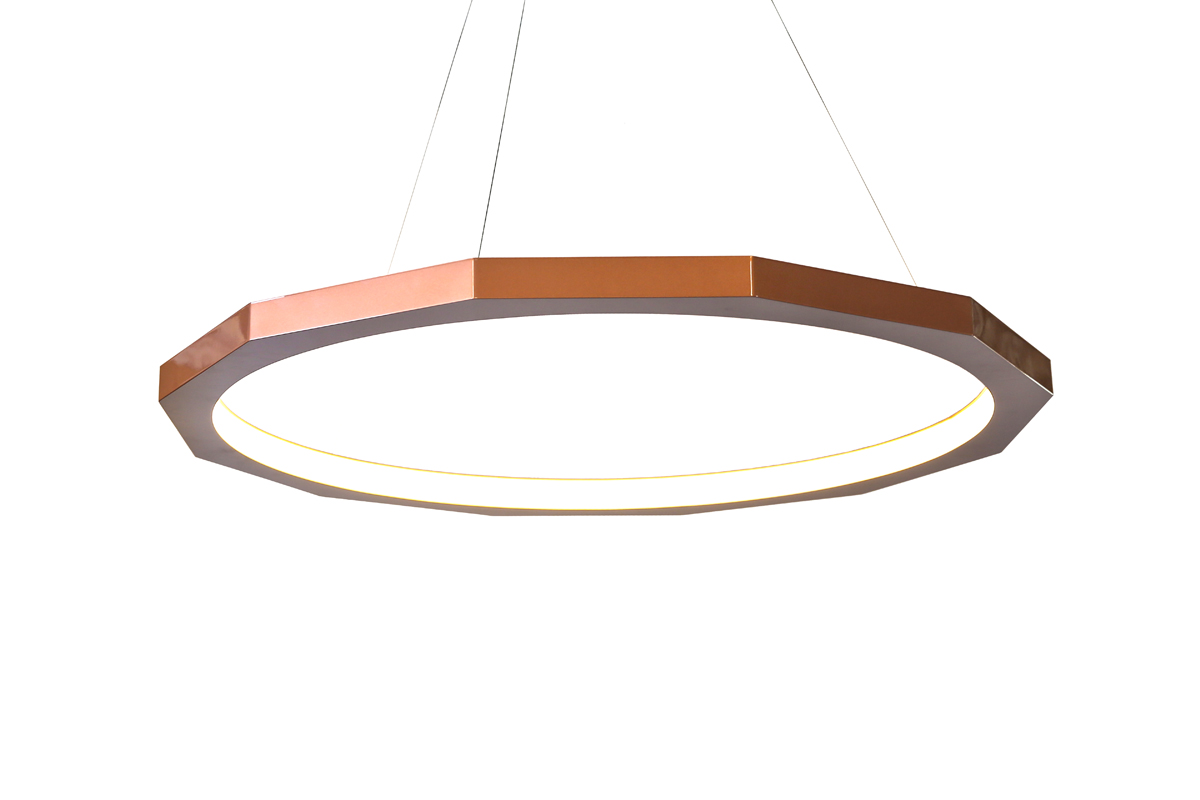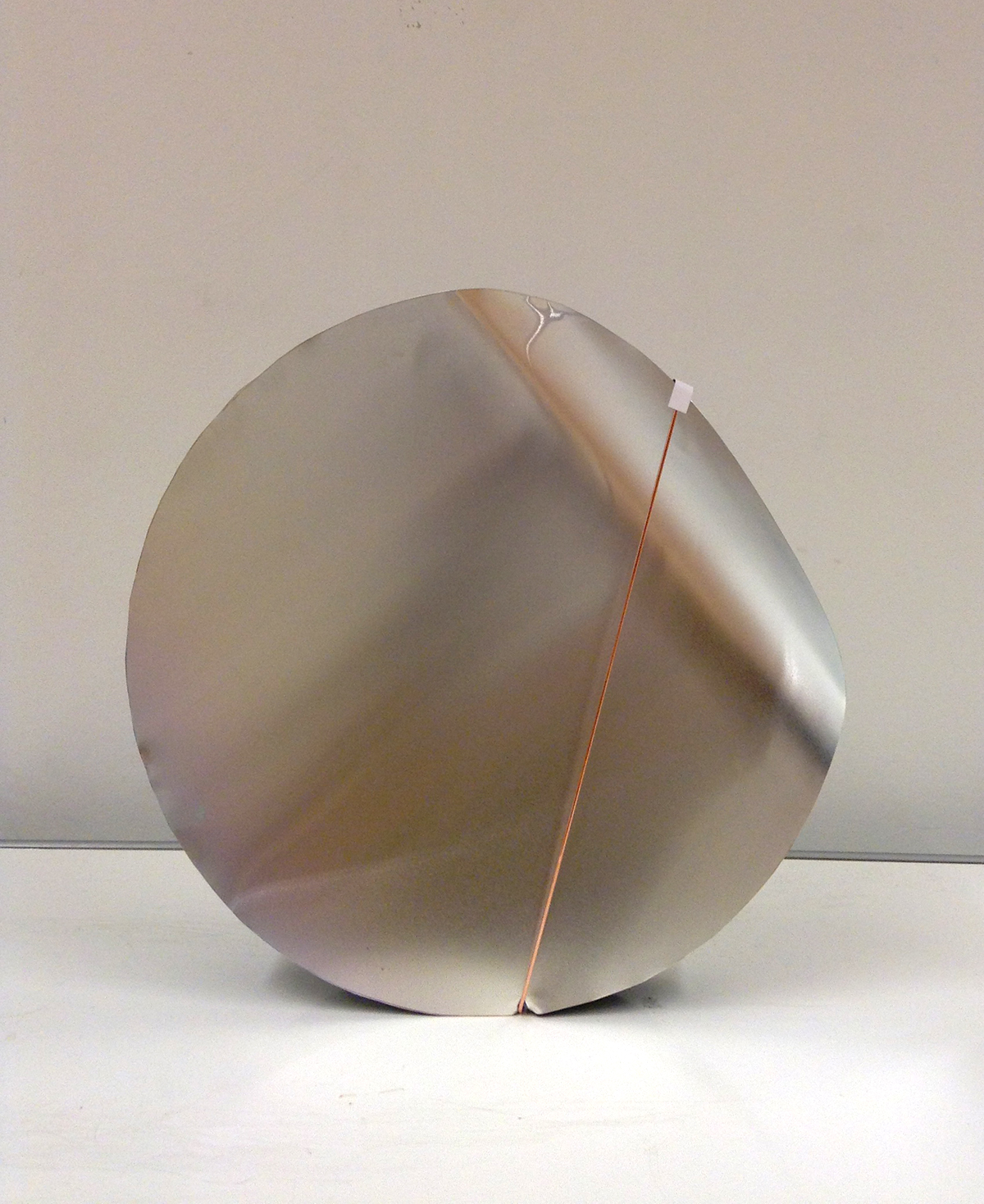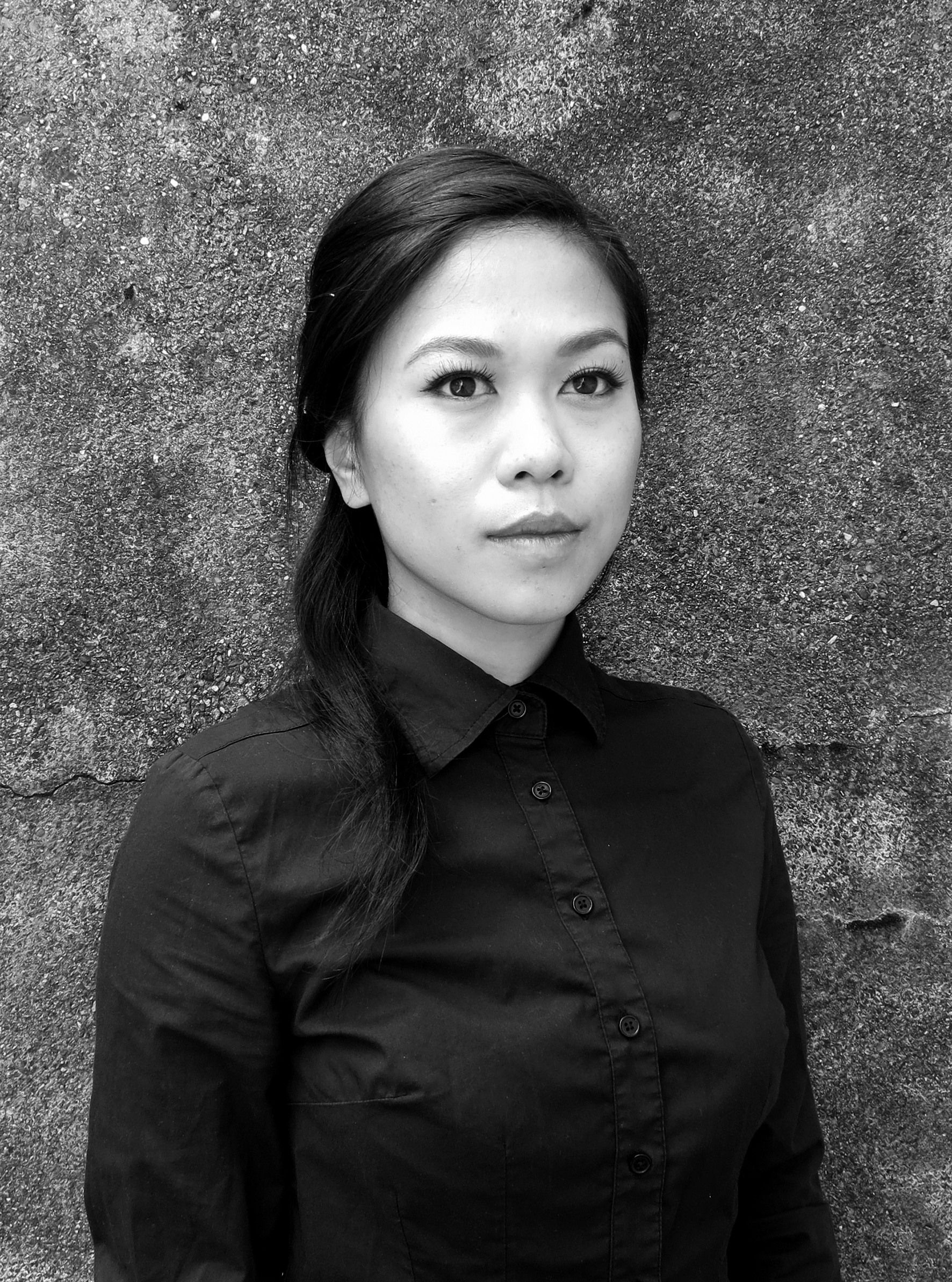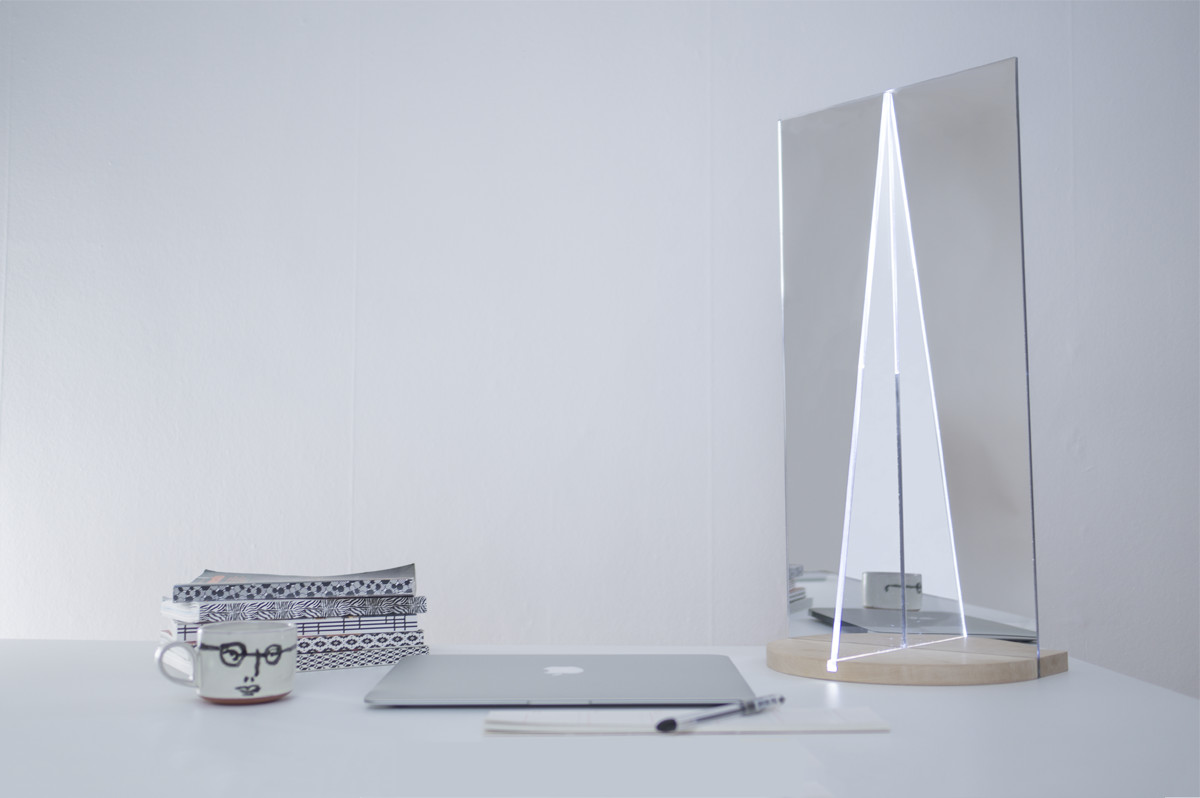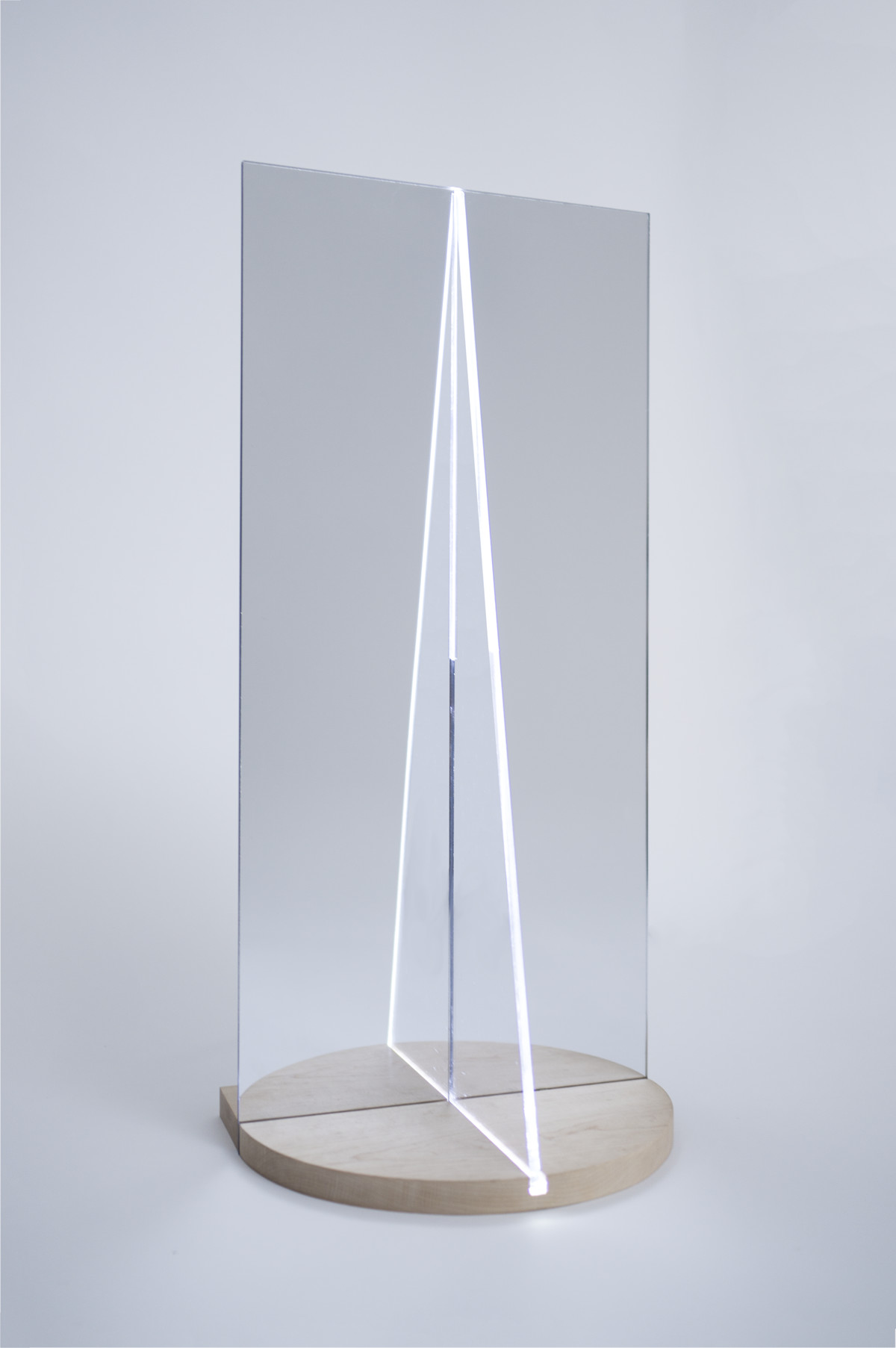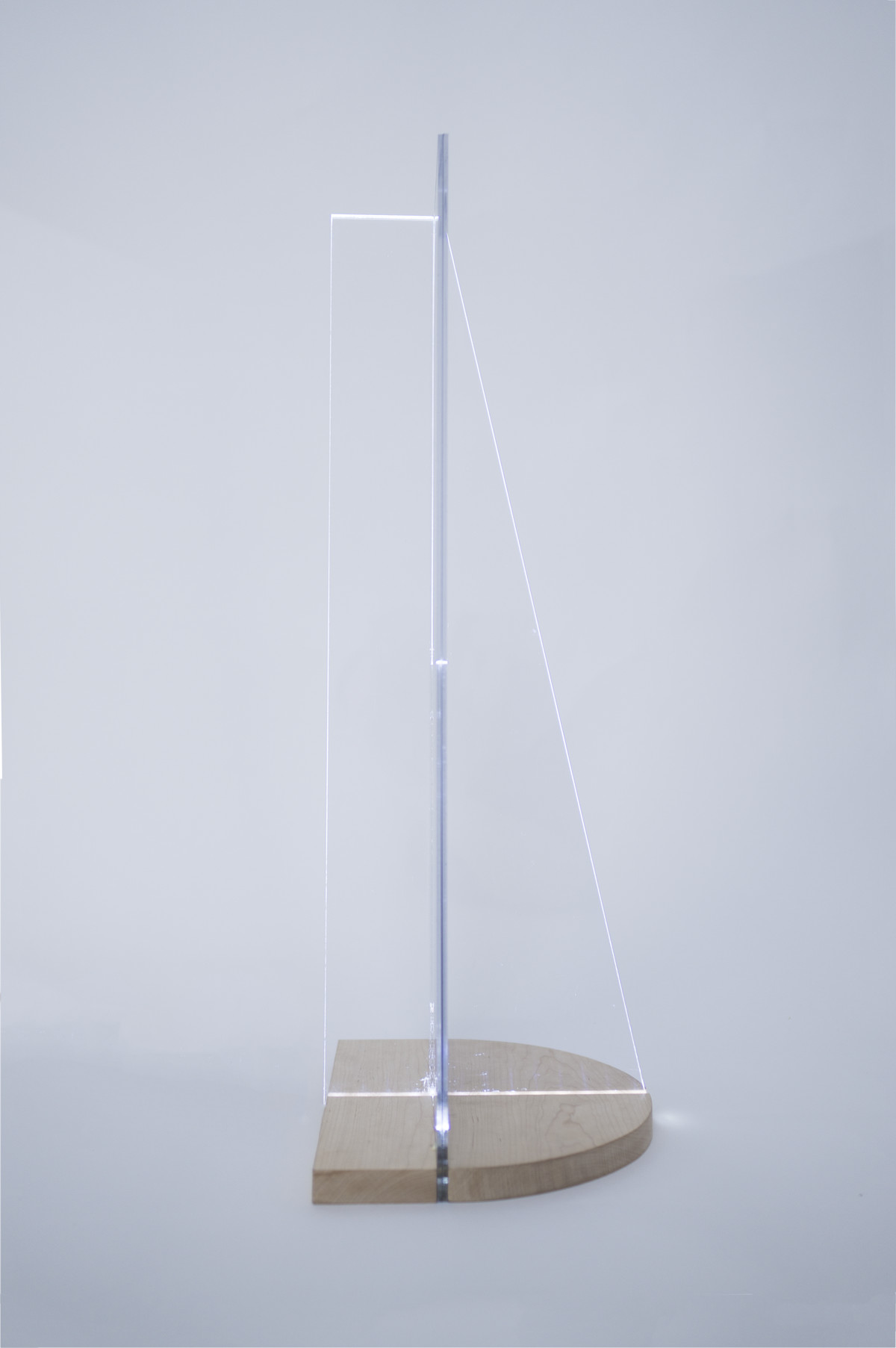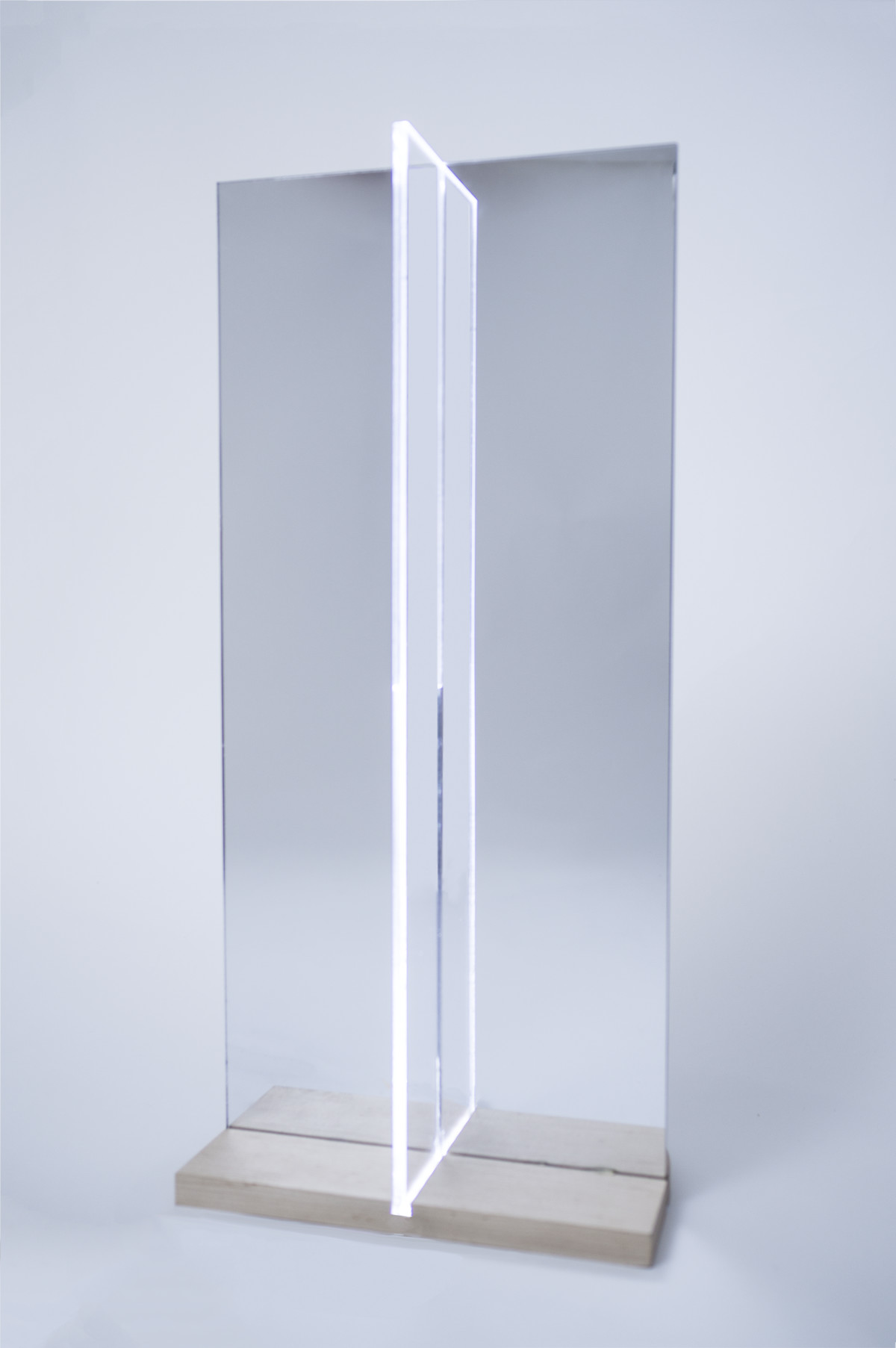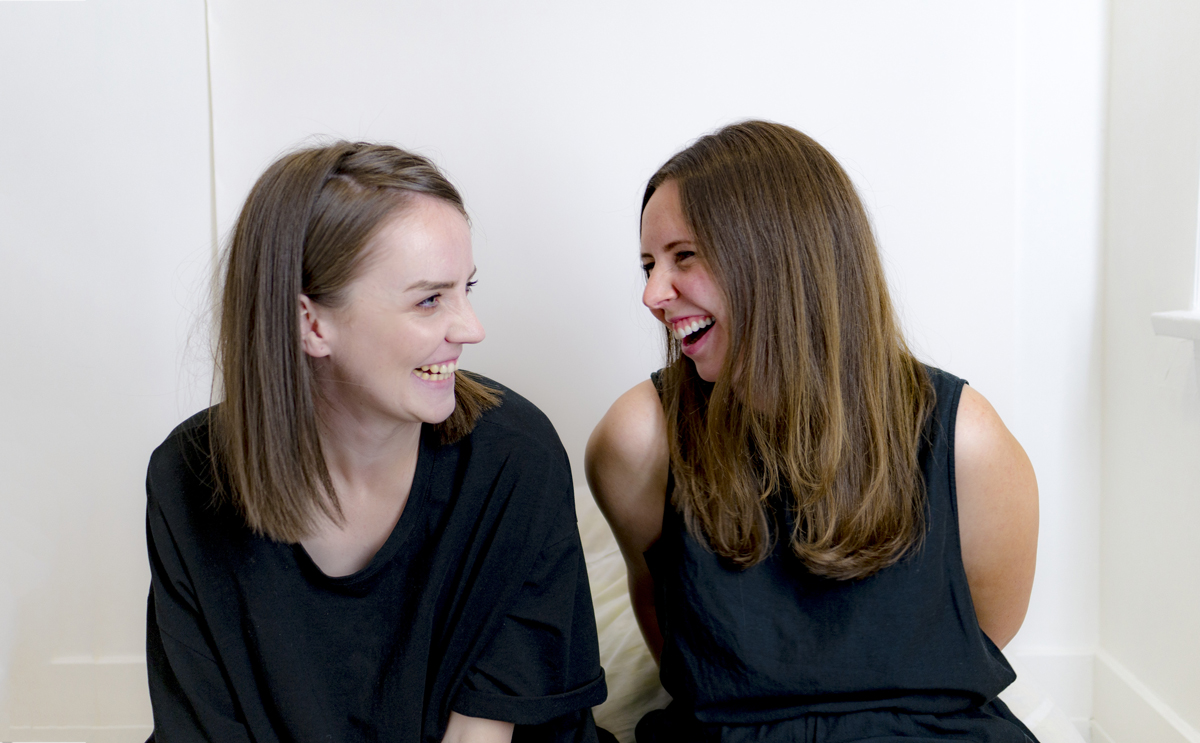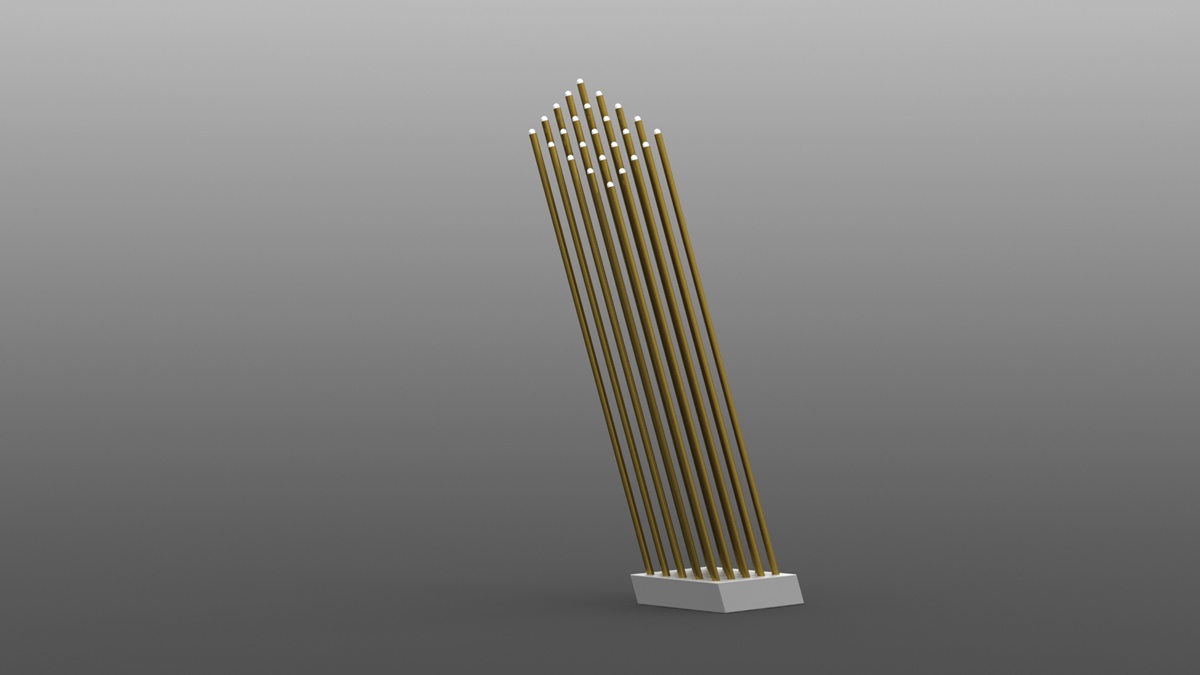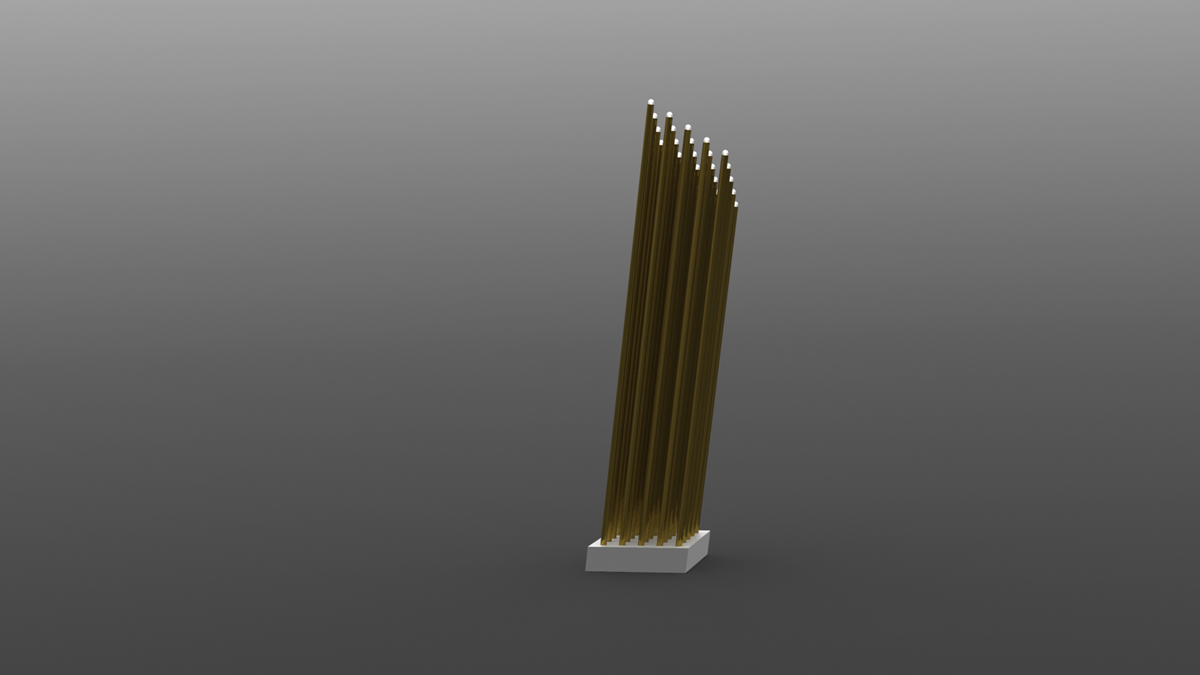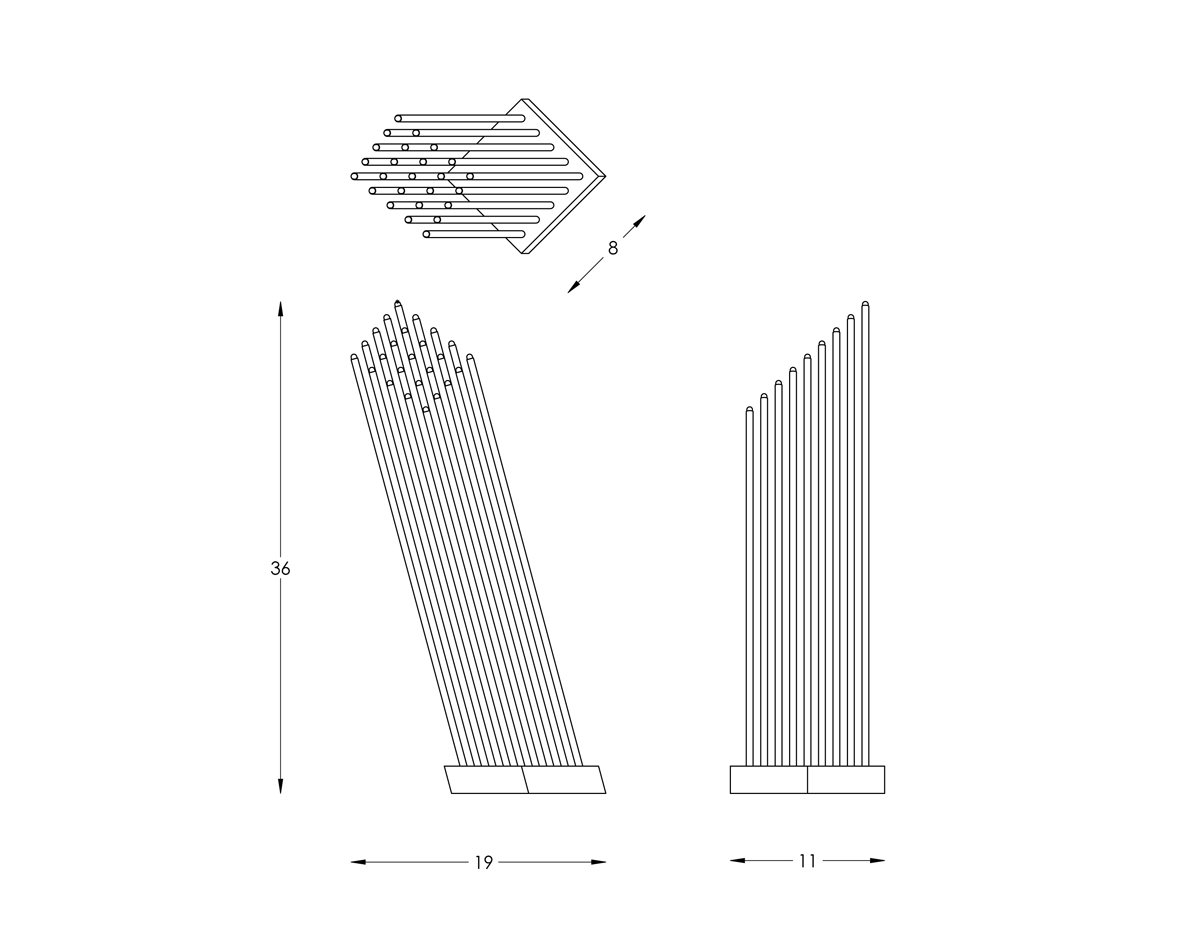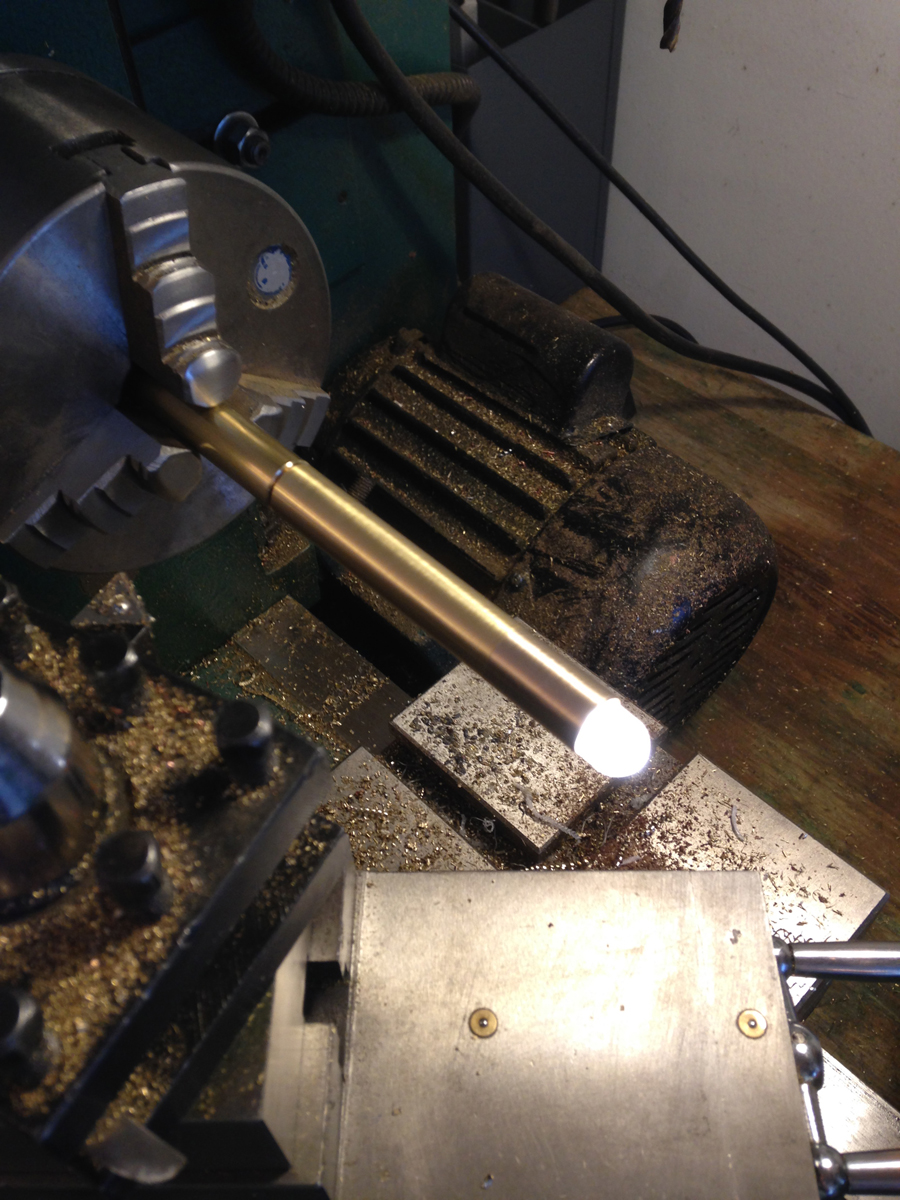Jiangmei Wu
Title:
Eurus
Concept Statement:
Crystallization produces symmetrical faceted geometry showing the growth of an internal pattern repeated indefinitely. While the study of crystal growth is an important subject in science, it also provides inspirations in art and design. How can we understand form generation as the notion of an ordered complexity, a multiplicity which is governed by some unifying principles? Eurus is designed to challenge this notion of form finding by combining mathematical origami and algorithm based design. When suspended and illuminated, Eurus, named after Greek God of the East Wind, sways into ephemeral patterns of light and shadow, softening their surroundings with crystal-like geometry and natural textures.
Eurus, is made of lightweight, non-rigid material, and folded and assembled to create a semi-rigid structure. The assembling technique allows the light to be flat packaged for shipping. The main material is tear-free Washi paper, which has a three-layer structure, with eco-friendly polyester film as core and Kozo Washi on both sides. Kozo Washi is a type of renewable material that is made from the inner bark of Kozo, a type of mulberry tree. The use of renewable material, coupled with simple fabrication and assembly techniques, Eurus presents a minimal carbon footprint.
Project Specs:
Width: 31", Height:16"
High-tec Kozo, plastic, stainless steel, LED
A truncated origami pinwheel pattern is morphed between two three-dimensional surfaces paneled in an 8 by 16 grid. The symmetrical design results in a more simplified fabrication process and an overall reduction of material consumption. Instead of working with 144 unique modules, Eurus only requires eight unique modules. These eight three-dimensional modules are unrolled into two dimensional shapes and nested onto eight large sheets of High-Tec Kozo for digital cutting. A 180 degree viewing angle LED light evenly illuminates each of origami pinwheel module into subtle patterns of light and shadow.
Bio:
Jiangmei Wu is an award-winning designer and a tenure-track assistant professor at Indiana University in the United States. Wu has over 10 years of professional and 7 years of teaching experience in art and design. She does interdisciplinary work in art, design, mathematics, science and engineering. Recently, she has been investigating the relationship between geometry, surface texture, computational algorithms, and making techniques in the art and science of paper folding. Her latest collection of Folded Light Art, using eco-friendly materials and manufacturing techniques, has gained world-wide attention and has been published in many design magazines internationally, including Elle Decoration, DesignBoom, MocoLoco, Inhabitat, Gizmodo, Espaces Contemporains, and many more. Her creative works have been juried and exhibited in big cities in the United States such as New York, Chicago, as well as in Italy, Japan, and Bangkok.
URL:
http://www.foldedlightart.com, http://www.jiangmeiwu.com
Country of Origin:
United States




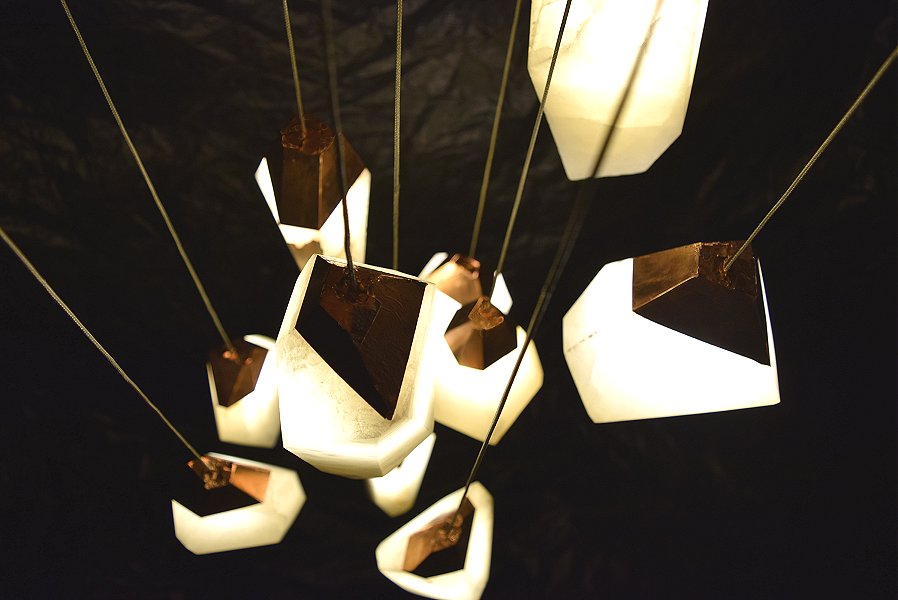


![ANG[U]ERE_Renee Struthers_Ang[u]ere1-Renee Struthers.jpg](https://images.squarespace-cdn.com/content/v1/53a20adae4b0212a4069593a/1444685893764-QTTXU4SMNEP0ALUVTHEW/ANG%5BU%5DERE_Renee+Struthers_Ang%5Bu%5Dere1-Renee+Struthers.jpg)
![ANG[U]ERE_Renee Struthers_Ang[u]ere2-Renee Struthers.jpg](https://images.squarespace-cdn.com/content/v1/53a20adae4b0212a4069593a/1444685893806-VJQPX5RA2X32JPIMLN17/ANG%5BU%5DERE_Renee+Struthers_Ang%5Bu%5Dere2-Renee+Struthers.jpg)
![ANG[U]ERE_Renee Struthers_Ang[u]ere3-Renee Struthers.jpg](https://images.squarespace-cdn.com/content/v1/53a20adae4b0212a4069593a/1444685900893-861JKFJA21GXQRHSDL9H/ANG%5BU%5DERE_Renee+Struthers_Ang%5Bu%5Dere3-Renee+Struthers.jpg)
![ANG[U]ERE_Renee Struthers_Ang[u]ere4-Renee Struthers.jpg](https://images.squarespace-cdn.com/content/v1/53a20adae4b0212a4069593a/1444685898413-7Z7X5B8FF1L9EMR27WZ0/ANG%5BU%5DERE_Renee+Struthers_Ang%5Bu%5Dere4-Renee+Struthers.jpg)
